Humans are visual animals. And while we use all of our senses to learn about the world, most people rely on their sense of sight more than their other senses.
However, that doesn’t mean we can see everything, and some animals are able to see things that we can’t. We’ll talk about some of the ways animals see things that humans can’t below and explain how animals use their incredible eyesight to help them survive.
Ultraviolet
Some animals can see ultraviolet light, which allows them to see important things humans can’t.
Ultraviolet light is a type of high-frequency light that humans can’t see. The sun produces ultraviolet light all the time, and it surrounds us as we go about our daily lives, but the human eye simply cannot detect it.
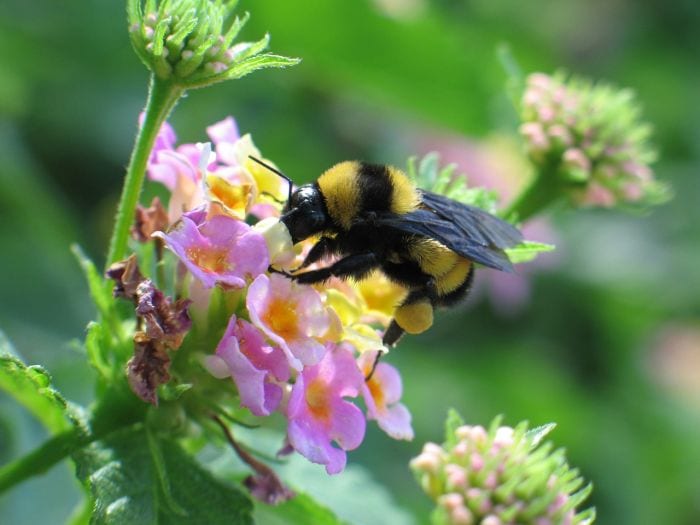
But while humans are unable to see ultraviolet light, some animals can. Humans don’t really need to see ultraviolet light, so we never evolved the ability to detect it. But some animals benefit greatly from being able to see ultraviolet light.
Bees are a great example.
Bees spend their lives trying to find flowers, so they can drink the nectar they contain. Flowers often reflect a lot of ultraviolet light, which makes them very easy for bees to see.
Many hawks can also see ultraviolet light. But hawks don’t rely on their ability to see ultraviolet light to find flowers. Instead, they use it to find small rodents and other prey.
Urine usually reflects ultraviolet light very well, which means that the hawks can sit high in the trees and look for urine trails left by small animals. This will help them locate the prey animal, even if it is hiding.
A few animals that can see ultraviolet light include:
- Bumblebees
- Butterflies
- Reindeer
Infrared
Some animals are able to see the infrared light other animals emit, which helps them find food.
Like ultraviolet light, infrared light is around us at all times, but our human eyes simply can’t detect it. In contrast to ultraviolet light, which has a very high frequency, infrared light has a very low frequency.
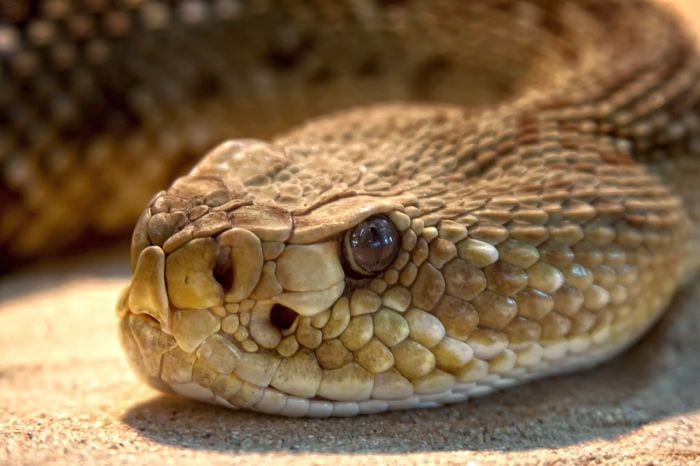
All warm things produce infrared light – you are producing infrared light right now. But while humans can’t see this infrared light, a few animals can. The best examples of animals that can detect infrared light are a group of snakes called pit vipers.
Rattlesnakes, copperheads and other pit vipers like to eat birds, rodents and other warm-blooded prey. Because these animals are warm-blooded, they are usually warmer than the air around them. This makes rodents and birds extremely easy for pit vipers to see, even if they are hiding in the grass or bushes.
Interestingly, pit vipers don’t actually use their eyes to see infrared light. Instead, they use small pits in their face to detect the infrared light being emitted by their prey species.
Pythons can also see infrared light, but instead of using the two large pits on their faces to see it, they use a series of very small depressions near their lips to detect the light.
Some animals that are able to see infrared light include:
- Green tree pythons
- Eyelash vipers
- Eastern diamondback rattlesnakes
Night Vision
Although humans can see in relatively dim light, many nocturnal animals can see very well in the dark.
Most people can see in dim light, but we normally can’t see very well when it is completely dark outside. That’s why we use things like flashlights to help us avoid bumping into things at night. This is because humans are usually active during the daytime, so we don’t need to be able to see very well in the dark.
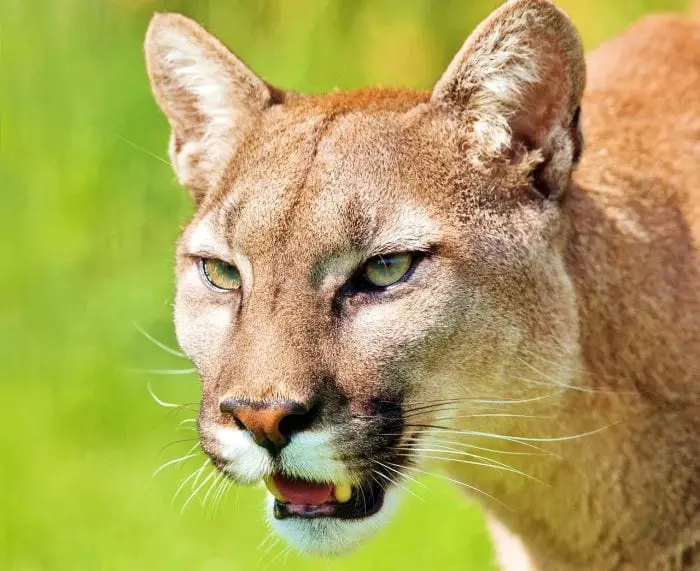
Scientists call animals that are active during the daytime diurnal, while animals that are active at night are called nocturnal. Most diurnal animals can’t see very well in the dark, but most nocturnal animals, such as owls and cats, can see almost as well as they can during the day.
Most animals that can see well in the dark have more light-collecting cells in their eyes than humans do. Many also have pupils that close very tightly during the day to prevent their eyes from allowing too much light in. But once the sun goes down, their pupils open drastically, to allow as much light in as possible.
Some animals that have exceptional night vision include:
Acuity
Several animals are able to see things in much greater detail than humans can.
People can also see a lot of detail when we look at things. When you read this web page, for example, your eyes can tell where one letter stops and the next one starts.
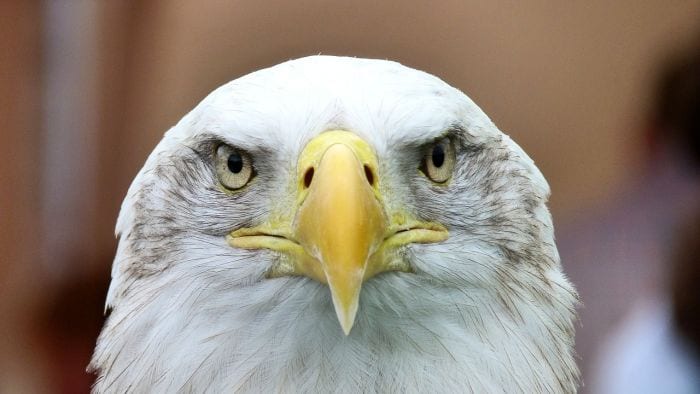
This is important to understand, as many animals aren’t able to distinguish between small details the way we can. If you were a frog, for example, you’d probably see this page as a grey blob, instead of seeing the individual letters.
Scientists call the ability of an animal to distinguish between details as visual acuity. Frogs have relatively low visual acuity, while humans have pretty high visual acuity.
But humans don’t have as much visual acuity as some other animals. Many birds of prey, for example, have much greater visual acuity than humans do.
You probably wouldn’t be able to distinguish the letters on this webpage from more than a few feet away. However, a hawk could probably do so from 100 yards away – that’s an entire football field!
Obviously, this doesn’t mean the hawk could actually read the letters on the page, but he could still see that the individual letters were different things. This helps them to spot tiny mice or other prey when soaring hundreds of feet up in the air.
Some animals with very good visual acuity include:
- Red-tailed hawks
- Bald eagles
- Peregrine falcons
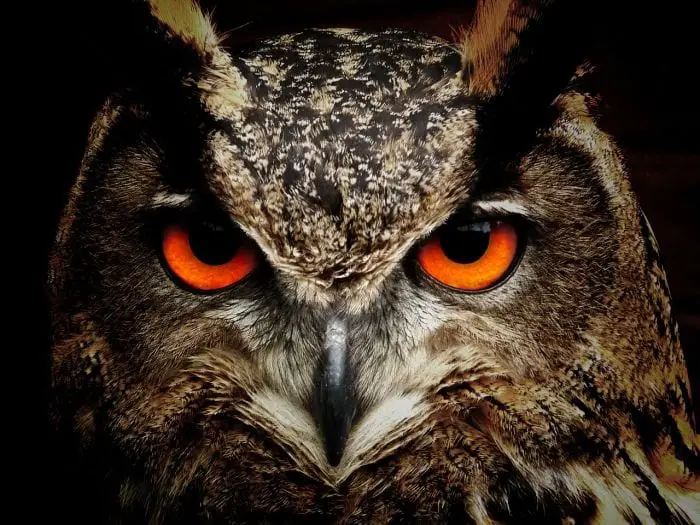
As you can see, some animals can see things that humans can’t. But it is important to note that this doesn’t mean these animals necessarily see better than we do – they just see things differently than we can. Different animals need to be able to see different things to survive, so they’ve evolved different visual abilities.
Can you think of any other animals that have impressive vision? Let us know in the comments below.

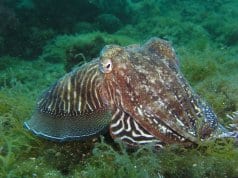



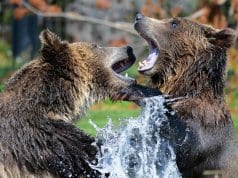
![Red Angus Closeup of a beautiful Red Angus cowPhoto by: U.S. Department of Agriculture [pubic domain]https://creativecommons.org/licenses/by/2.0/](https://animals.net/wp-content/uploads/2020/03/Red-Angus-4-100x75.jpg)

